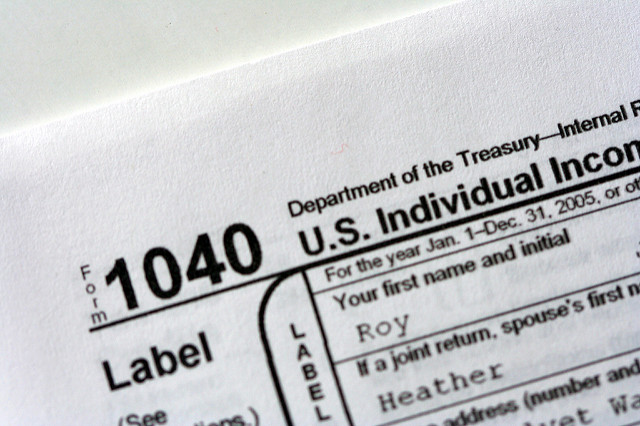
An article released earlier this week in Politico claimed that the House Republican tax reform legislation contains a 46 percent tax bracket. However, H.R. 1 does not create a new, higher tax bracket. It is simply a phaseout of the 12 percent bracket for those within the top bracket. Bubble rates were a feature of President Reagan’s landmark 1986 tax reform legislation.
H.R. 1 is also consistent with the Taxpayer Protection Pledge, a written commitment to constituents made by 209 members of the House of Representatives including House Speaker Paul Ryan and Ways and Means Chairman Kevin Brady.
Under the legislation, families earning above $1.2 million see the benefits of the 12 percent bracket (applying to income below $90,000) phased out up to $1.614 million worth of earnings. This claw back shouldn’t be considered a higher tax bracket, but rather a way of phasing out the 12 percent bracket.
Phasing out tax provisions based on income level is a common feature of the tax code:
–The child tax credit currently phases out over $75,000 for individuals and $110,000 for joint filers.
–Itemized deductions currently phase out at $311,300 for families or $259,400 for individuals.
–Personal exemptions begin phasing out at $261,500 for individuals and $313,800 for families. It fully phases out at $384,000 for individuals and $436,300 for families.
-The Earned Income Tax Credit begins phasing out at $50,198 for a family of four.
–The American Opportunity Tax Credit is phased out between $80,000 and $90,000 ($160,000 and $180,000 for families).
As noted above, a phase out of the bottom income tax bracket for those within the top bracket was also included in the Reagan Tax Reform Act of 1986. This reform clawed back the 15 percent bracket for those in the top tax bracket.

